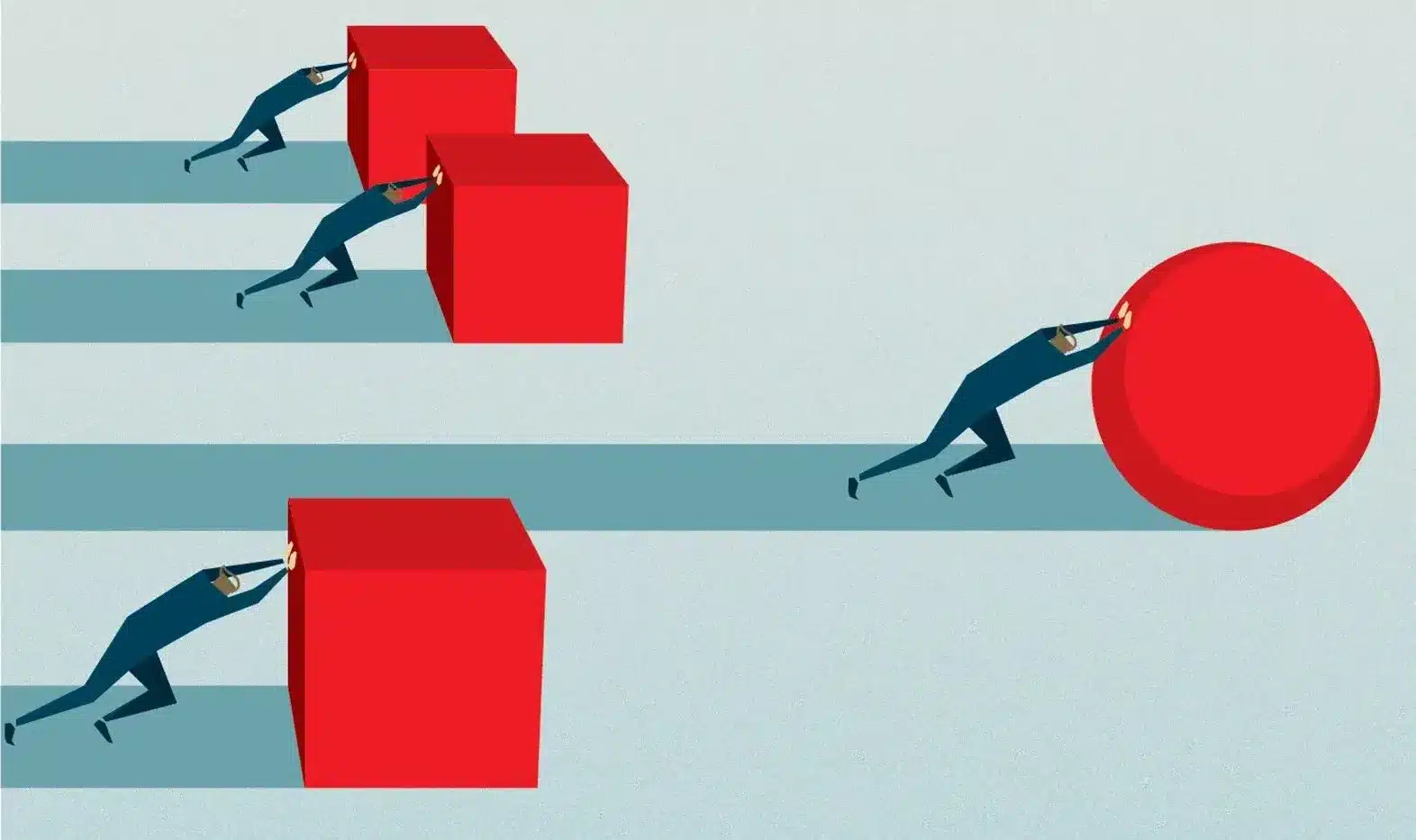I approach dangerous ground. But I am confident that what I say here is both true and practised by smart insurers.
Firstly let me say that Technical Price (TP) must always include the full AAL. Where I’m going in this section is about the strategy of handling Actual Price (AP) for cats.
A large enough cat event will always cause a dislocation in the market. In the following years there is both greater demand for cat cover (as customers have been reminded of how severe events can be) and lower supply of insurance capital (as some insurers may go out of business, and others reassess their appetite nursing big losses).
So: lower supply for greater demand. The perfect recipe for prices to rise.
And indeed they do. It is very clear both anecdotally and from published academic papers (and indeed reinsurance brokers’ published rate indices) that events large enough always cause premiums to rise. For several years the market supports richer pricing, such that on average a large event is “paid back” within 2-4 years. This is true in both commercial lines and personal lines business, wherever I have seen analysis of the effects of cat events.
What this means for the strategy of pricing for cat risk is that it is reasonable to accept AP:TP ratios a little below 1 in normal times. If there is not a cat, the allowance for cat in the AP (albeit below the AAL) will still generate realised profits. If there is a cat, you take a material loss this year (this is the point of insurance!) but you stay in the market and for several years thereafter you demand AP:TP ratios above 1.
Over the cycle, you should ensure you cover the AAL on average. But holding a pricing standard that says all business must cover the full AAL each year will mean you write far less than you might otherwise do and thus make far lower profit over the long run.
While some sophisticated insurers do this, and some others also do it less explicitly, I do think that it is a widespread fallacy that full annual cat loads should be covered each year.
And back to that observation that some insurers exit the market after a large event: I cannot think of a more irrational strategic play. “RATES ARE ABOUT TO RISE”, I want to scream at them.













